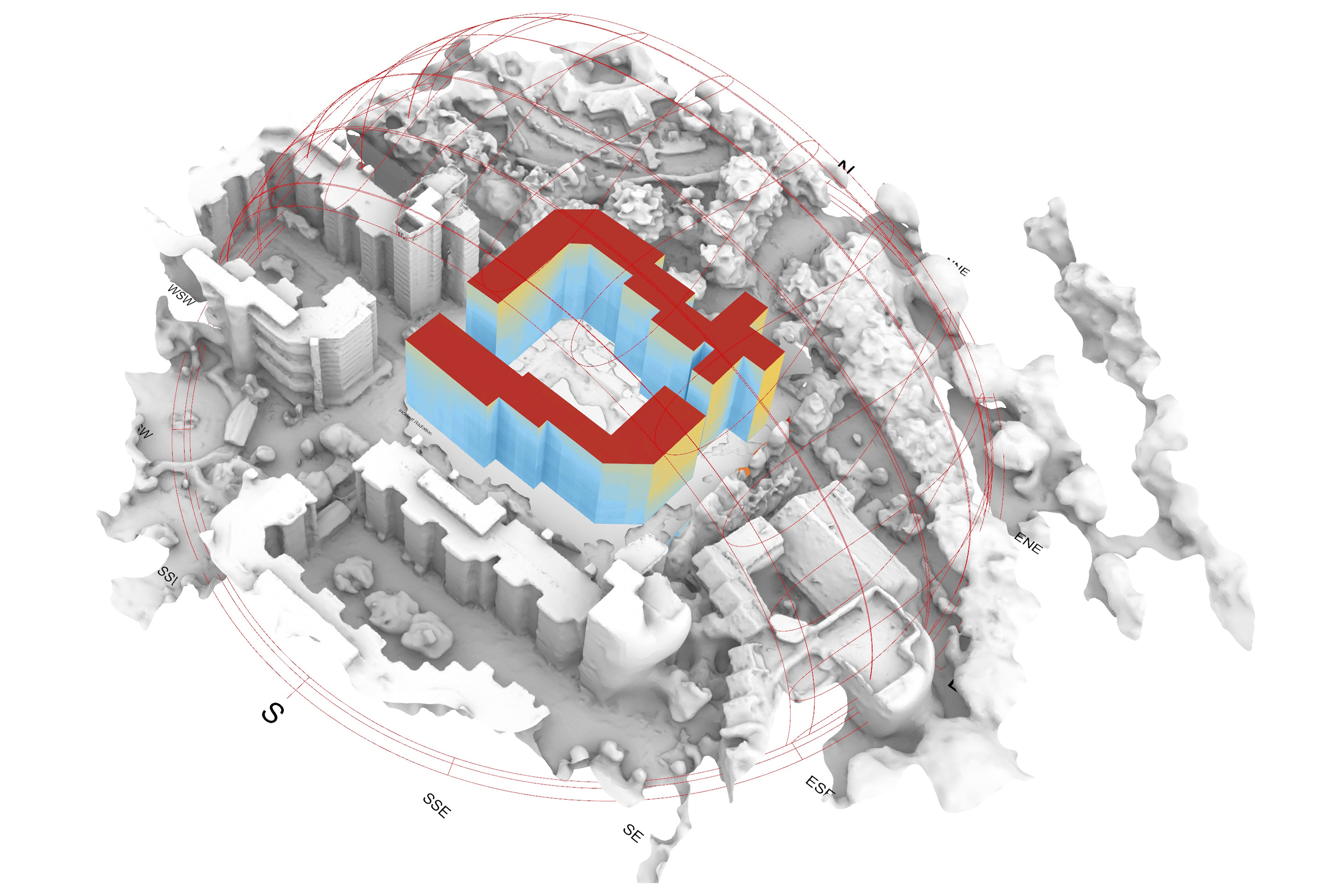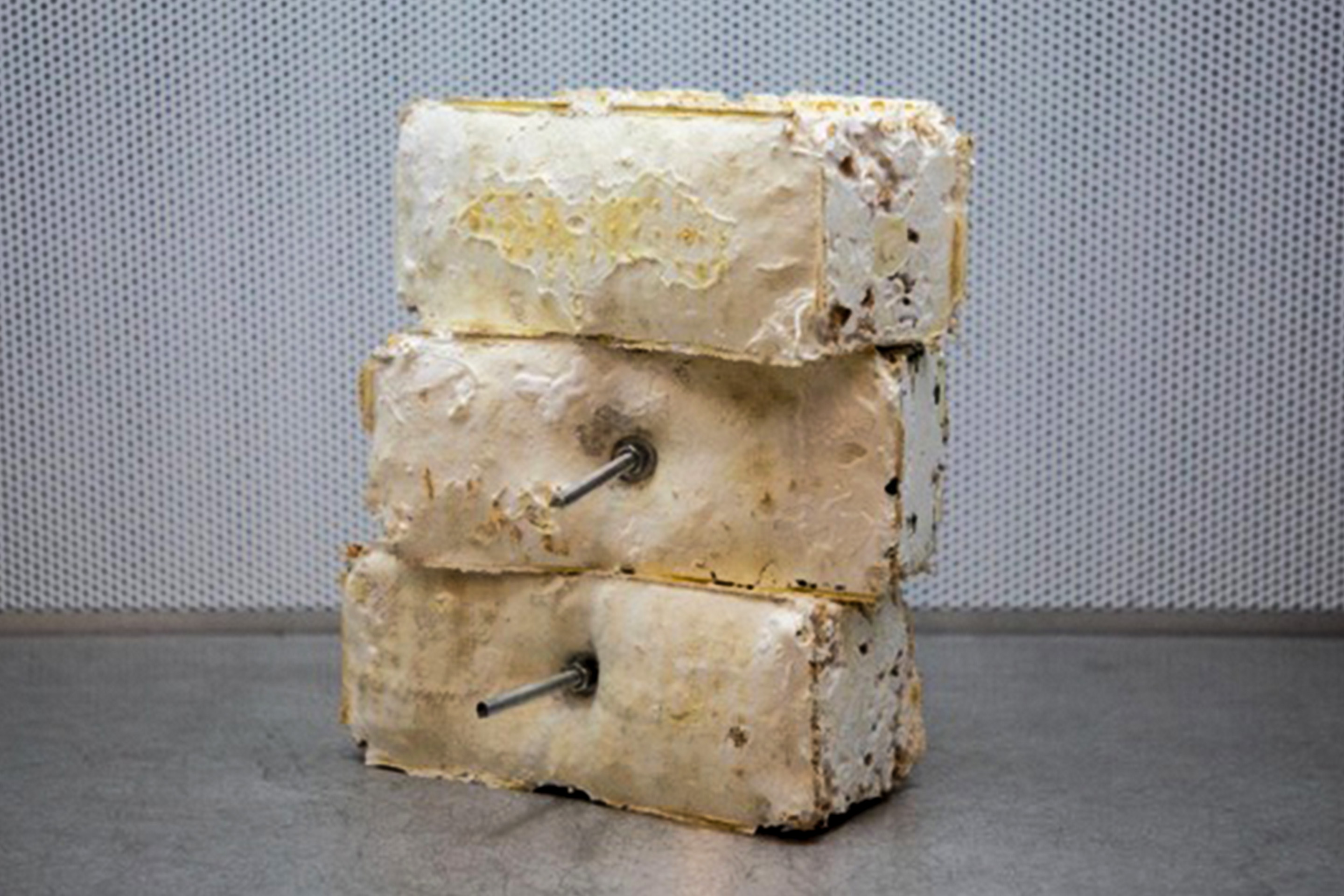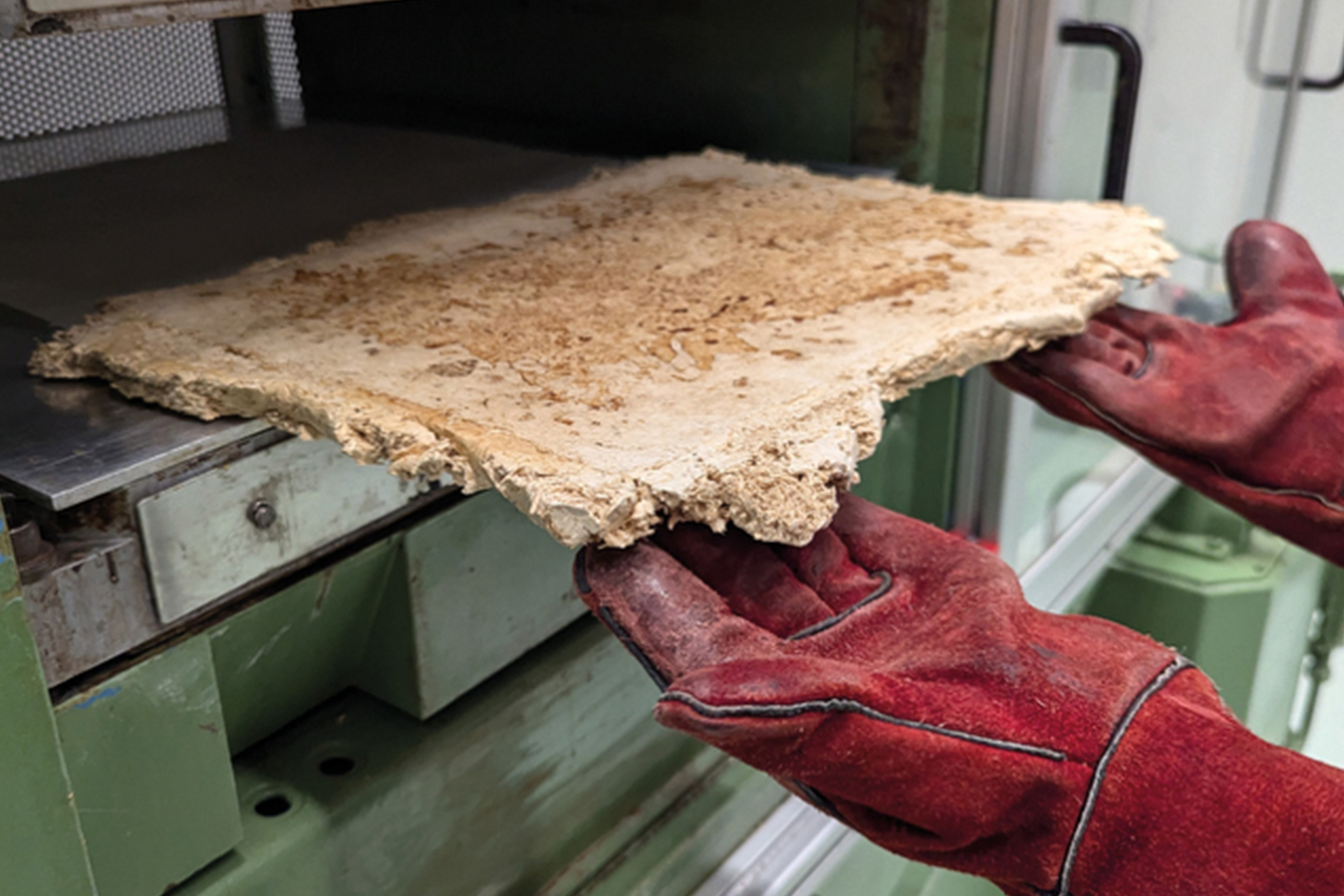Scarcity, renewable resources, and material flows
Future Cities Laboratory
Trade-offs for higher availability: enough or scarce? Cities cannot supply themselves with energy and construction materials alone. Sustainable supply chains and more data are needed.
Research into sustainable urban development is no longer limited to exploring decarbonised building materials or renewable energy sources. Rather, the modules of Future Cities Laboratory (FCL) show how dynamic and interdisciplinary the demand for knowledge from politics and practice is.
Decision-makers who are actively involved in the transformation of urban areas need additional data on material and energy flows. Equally promising are tools to simplify multivariable decision-making. There is also a growing interest in collaborative planning methods in order to broadly support the implementation of the paradigm shift towards a sustainable transition of cities worldwide.
Remarkable solar potentials
Nevertheless, cities face growing energy demand and limited space. Building-integrated or -attached photovoltaics produce solar energy on site, where the demand itself is increasing (e.g. heating with heat pumps, charging electric vehicles at home). Solar architecture can even bind the decentralised power generation to an existing infrastructure by using building surfaces and existing supply grids. The module Powering the City (POW) analysed the key issues for a broad implementation of solar design strategies at large urban scales in Zurich and Singapore.
The essential finding is that in both cities, there is remarkable potential to yield solar energy – on rooftops and building facades – and thus to produce electricity with a lower CO2 footprint than the grid. However, there are differences in implementation: while Zurich envisages a rapid deployment of photovoltaics by ecologically optimised solutions on green rooftops, which set limits to the extension of photovoltaics on buildings, Singapore could adopt building-integrated photovoltaics (BIPV) extensively, meeting up to 20% of the local electricity demand. Despite its vertical orientation, building-integrated photovoltaics on facades can contribute significantly to the electricity needs of public housing, and could provide most of the cooling loads of a typical apartment.
Risks for landscapes
As the hinterland is already an additional or even the main supplier of energy and materials to metropolitan regions, the module New Urban Agendas under Planetary Urbanisation (NEW) examines the socio-spatial implications of the energy transition in the extended urban regions of South-east Asia, which are shifting from agricultural use to energy production. A critical concern is the significant spatial demand of energy production from renewable resources – solar farms or biomass (sugar cane) plantations – which far exceeds that of fossil fuels.
Read more:
POW
Powering the City
Assoc. Prof. Dr. Francis Bu-Sung Lee
Prof. Dr. Arno Schlüter
CFC
Circular Future Cities
Prof. Dr. Stefanie Hellweg
Assoc. Prof. Dr. Rudi Stouffs
BIO
Urban BioCycles Mycelium Digitalisation
Prof. Dr. Philippe Block
The shift is expected to displace agricultural practices, increase the pressure on protected landscapes, and change the configuration of stakeholders involved. The growing demand for renewable energy to power urban centres highlights the finite nature of land resources and intensifies competition for their use. Therefore, the NEW research is of practical use: to bring in the analysed risks and the identified key parameters for a fair and sustainable transformation of agricultural landscapes into energy landscapes.
Transparent material flows
Beyond the energy transition, the built environment must undergo a double transformation: first, its greenhouse gas emissions must be reduced in all supply and decommissioning chains, mainly by transforming linear consumption patterns into a circular metabolism with regenerative structures. Second, the construction industry must shorten its cycles for adopting technological innovations.
The module Circular Future Cities (CFC) will catalyse the circular economy in sustainable cities with a specific information management system for the stakeholders involved. One research output could be a cadastre of resources in the built environment, digitally linked to city maps for localising urban mining potentials. This information would be useful for the collaborative implementation of circular principles by industry, academia, policy, and civil society.
CFC research is also developing digital tools to track construction materials stocked in buildings in Switzerland over space and time. Other research issues concern the governance of the material information. The goal is to implement a decentralised data management system to improve the direct and transparent exchange of information within a shared network of different building stakeholders and authorities.
Upcycling biomass waste
Materials that are already in the natural cycle and locally available are crucial for circular buildings. A bio-based substitute for mineral building components could be mycelium, generated out of biomass from plants and trees. Mycelium-bound composites (MBCs) can be used as acoustic panels or thermal insulation, which makes them ideal for applications such as interior fit-outs. The module Urban BioCycles Mycelium Digitalisation (BIO) is exploring local agriculture as a source of raw materials for the production of MBCs.
In Switzerland, the focus lays on straw, hemp, and industrial waste, while in Singapore the raw materials – such as rice husks and bamboo – are imported from nearby countries. An outstanding benefit – and the main topic in research – of MBCs is that they can be produced locally. However, different raw materials result in MBC types with different properties.
That is why the research focuses on characterising these materials to optimise their performance for specific applications in architecture, construction, and digital fabrication, while leveraging their circular life cycle to promote sustainability through the use of waste-derived materials.




